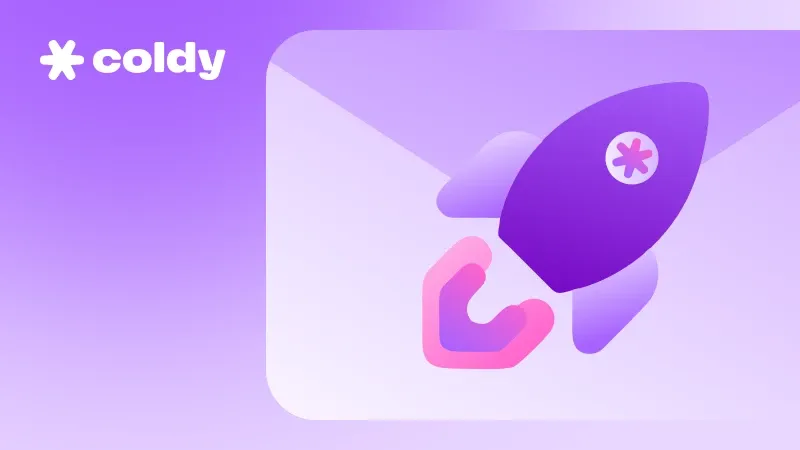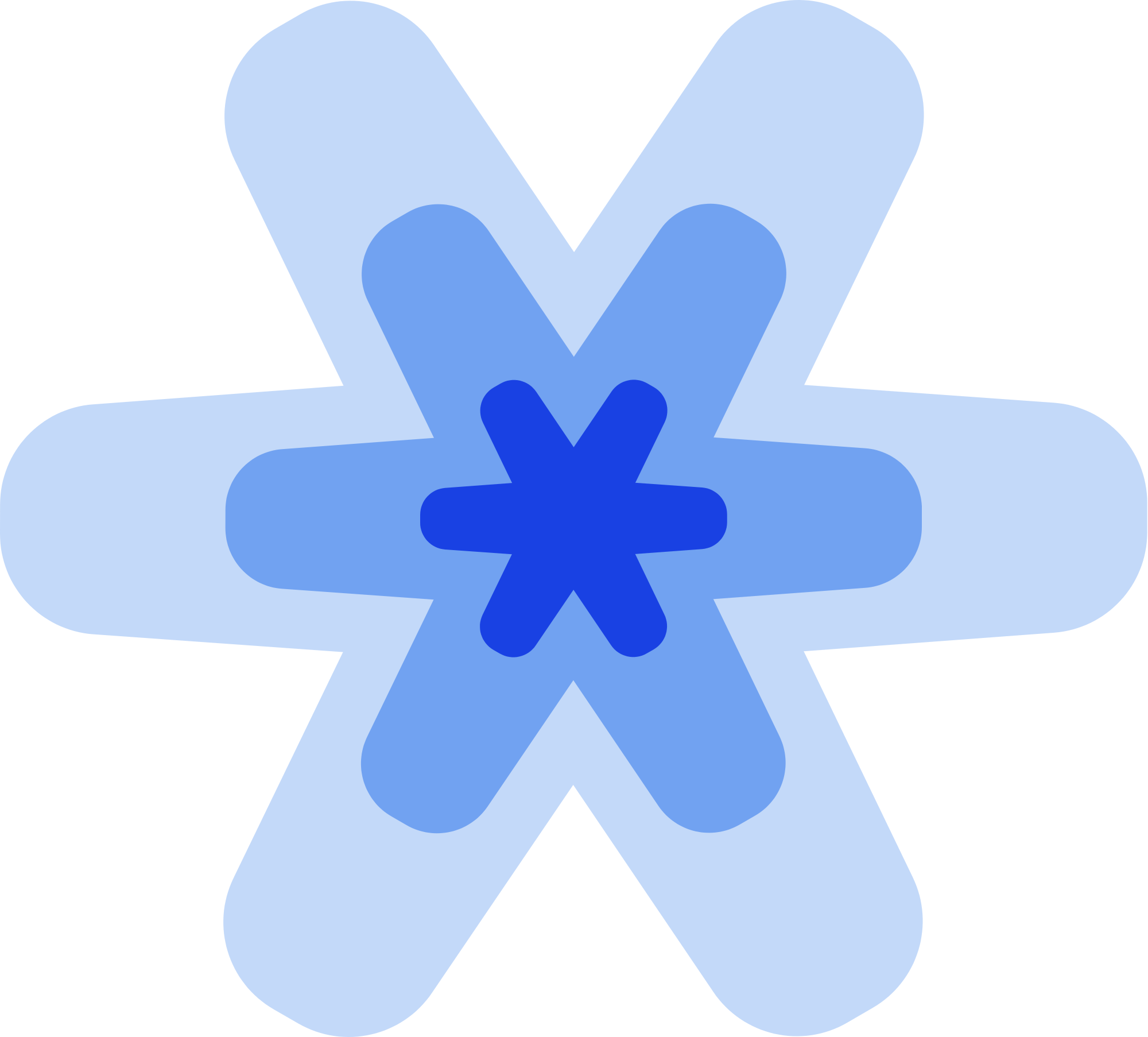Startups often lack a budget for advertising, a crowd of managers, and a marketing department. But they do have a hypothesis, a product, and the desire to enter the market as quickly as possible.
That's why cold emails are an ideal tool for starting out. They require no advertising budget, are targeted, and allow for immediate feedback from real people.
In this article:
we will show how to build them,
we will provide examples for IT, HR, fintech,
we will analyze common mistakes.
Examples of cold email chains for startups
Example 1: IT / SaaS startup (document management automation)
Subject: {Name}, {document management idea|document automation for {Company}|how to speed up contract signing in {Industry}?}
Email 1:
Hello, {Name}!
I noticed that your company operates in {Industry} — I assumed the issue with contracts and documents is relevant for you.
We created a {service|platform|solution} that allows signing and storing documents online — without complex integrations and bureaucracy.
We reduce approval times from {3 days to 20 minutes|5 business days to 2 hours|weeks to a couple of clicks}.
{I can send a short example of how it works|If you're interested, I'll show how other companies are already using it|Would you like me to send a working case?}
Email 2:
{Name}, let me quickly show you a live case.
A company in {Industry} integrated our solution — and:
Reduced the contract signing cycle from 5 days to 1 day
Moved away from storing paper copies
Plus, improved control over document versioning
{Ready to share a brief presentation|If relevant, I can discuss the details in a 10-minute Zoom meeting|I can send you a project description — you’ll take a quick look}.
Email 3:
{Name}, just checking in — maybe the topic is interesting, but I happened to reach out at the wrong time?
If working with contracts is not a priority right now — that's fine, just let me know.
{If you want to revisit the topic — I’m always available|If the subject comes up later — just write|I’ll be glad to help when it becomes relevant}.
Example 2: HR-tech startup (hiring in IT)
Subject: {{Name}, idea for speeding up hiring|How to speed up hiring in {Company}|{Name}, quick question about your vacancy}
Email 1:
Hello, {Name}!
I noticed that you are currently looking for developers {[vacancy}|{technology stack]} — perhaps this topic will be relevant.
We developed a tool that helps reduce the hiring time for IT specialists by {30-40%|2-3 weeks|on average by a month}.
It works without agencies and lengthy funnels: we set up the selection process in just a couple of days.
{If relevant — I can briefly show you how it works|I can send examples of closed positions|Would you like me to explain more in 5 minutes on Zoom?}
Email 2:
Good day, {Name}!
I’m following up — maybe speeding up hiring is relevant, but you missed it in the flow.
We now have several successful cases in {Industry}|{type of company}, where:
the time to fill a position was reduced from 45 to 25 days
the response to vacancies increased by 1.5 times
{If interested — I can send a brief overview|I can show you how it works in practice|Would you like — to briefly walk you through the process?}
Email 3:
{Name}, just finalizing.
If there’s currently no need to speed up hiring — it’s all good, thank you for your attention.
If the topic is still of interest — I'm available. We can find an option for your funnel without lengthy implementations.
{If you want to return to the conversation later — just write|I’d be happy to discuss when it’s relevant|Good luck finding the perfect candidates!}
Example 3: Fintech solution (payment and receivables analysis)
Subject: {{Name}, idea for working with receivables|How to reduce overdue payments in {Company}|{Name}, quick question about payments}
Email 1:
Hello, {Name}!
I noticed that your company is actively working in {Industry} — I assumed the issue with receivables might be relevant.
We created a solution that {helps to see risky payments in advance|shows clients prone to delays|analyzes receivables before actual overdue events}.
The service already helps reduce losses by {10-15%|on average by 12%|from 8% to 20% depending on the segment}.
{If the topic is interesting — I can tell you how predictive analysis works|I’m ready to show how to monitor risks before problems|Would you like — I can briefly demonstrate the mechanics with an example?}
Email 2:
Good day, {Name}!
I’m following up in case this got lost in the flow of tasks.
Our clients in {Industry} report:
30-20% reduction in overdue payments
faster decision-making on risky transactions
time savings for analysts of up to 40 hours a month
{If interested — I can send a brief case study|I can demonstrate it on real examples|I’m ready to briefly guide you through the functionality in 10 minutes}
Email 3:
{Name}, just writing to not be intrusive.
If there's currently no need to optimize work with receivables — that’s fine, thank you for your attention.
If the question is still there or you plan to address it in the coming months — I would be glad to help.
{If you need a solution later — I'll be in touch|Contact me anytime when you return to this issue|Wishing you a great business season!}
Common mistakes startups make in cold emails
Trying to sell in the first email
"Buy our product!", "Subscribe now!", "20% discount plan only today!"
No one buys "up front" from strangers. Especially in B2B. A cold email is not a sale; it's the beginning of a conversation.
It's better to:
"I noticed that you work with X — maybe we can be of help"
"If you're interested — I'd be happy to tell you more / share a case"
Email is like an essay in the Unified State Exam
500 words, complicated phrases, everything at once: history, mission, uniqueness, slides, links… And the recipient has 10 seconds between calls.
The email should be:
short (3-5 paragraphs of 1-2 lines),
easy to scan,
without fluff.
No personalization
"Hello, colleagues", "Dear manager", "Company 'Daisy', good afternoon"
Immediately into the trash. Because it's obvious: the email is mass-produced, and not too enjoyable to read.
Use at least a name, company, industry, or context:
"Saw your post", "Noticed the vacancy", "Your site looks great"
No structure and call to action
They read it. And… what next?
The email should have one clear question or action that's easy to respond to:
"Interested? I can send details"
"I can show it with an example, if that's convenient"
"I'm available if you want to discuss"
Gave up after one email
Startups often send one email — and that's it. No response — means not interested. But the truth is you might just have reached out at the wrong moment.
Make at least 3 touches. If it’s written humanely — you’re not being annoying, you're just reminding them.
Cold email chains: frequently asked questions
How many emails should be in the chain?
Optimally — from 3 to 5 emails. 1 email is almost always at the wrong moment. 2-3 emails — may hit when needed. 4 — a respectful conclusion.
Main thing — do not duplicate the text. Change the approach and wording.
What interval between emails?
2-4 days between emails is the golden mean. Every day — aggressive.
Once a week — too slow, momentum is lost.
What to write if no one responded to the first email?
Write again — it's essential. But with different words, from a new angle.
Example:
"Following up — perhaps I reached out at a bad time. I have a couple of fresh ideas, might be useful — I can send them if you’re interested."
When to stop the chain?
Usually — after 4-5 emails. If there's no reaction at all — okay, moving on. You can finish neutrally:
"If this topic isn't in focus — I completely understand. Just let me know, and I won't bother :)"
Should links be added to emails?
Better not in the first email. Links reduce deliverability and look like direct selling.
If absolutely necessary — add them only after the 2-3 email or upon request.
What if we're just starting out and have no cases?
Nothing to worry about. You can approach through:
a hypothesis: "I have an idea — want to test it?"
an insight: "I've noticed that people often face..."
a conversation: "I’m interested to hear opinions on this matter"
Don’t sell — offer to talk. It's more honest and works better.
We will help you launch a cold mailing
Cold emails are not about spam. It’s about a careful entry into the market, especially if you're a startup and every resource counts. Cold outreach is a tool to:
test a hypothesis,
find initial customers,
get honest feedback,
and not burn the advertising budget.
At Coldy, we do everything to help startups start small — and do it right. Sign up — and launch a cold mailing that won't be deleted, but read instead.


